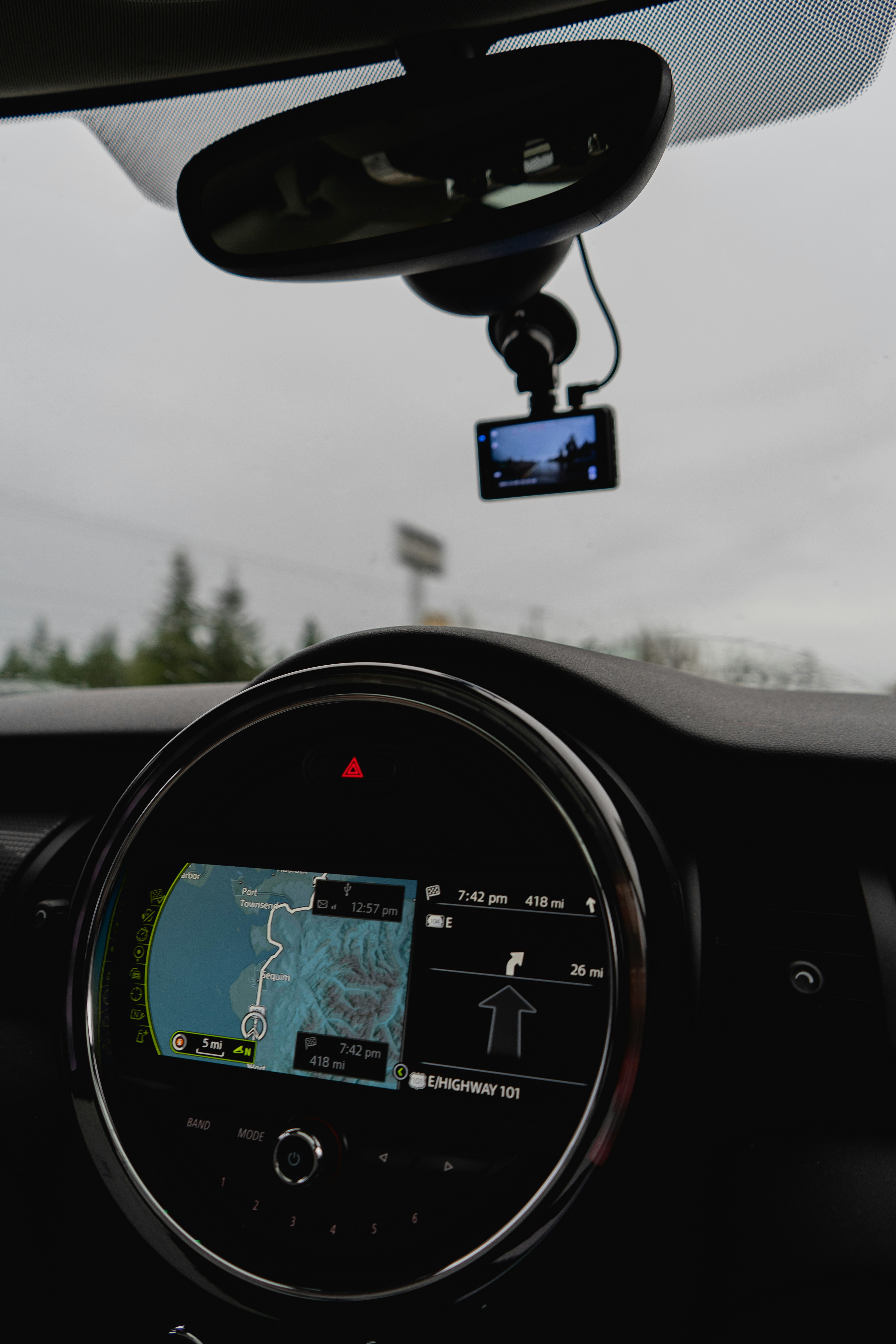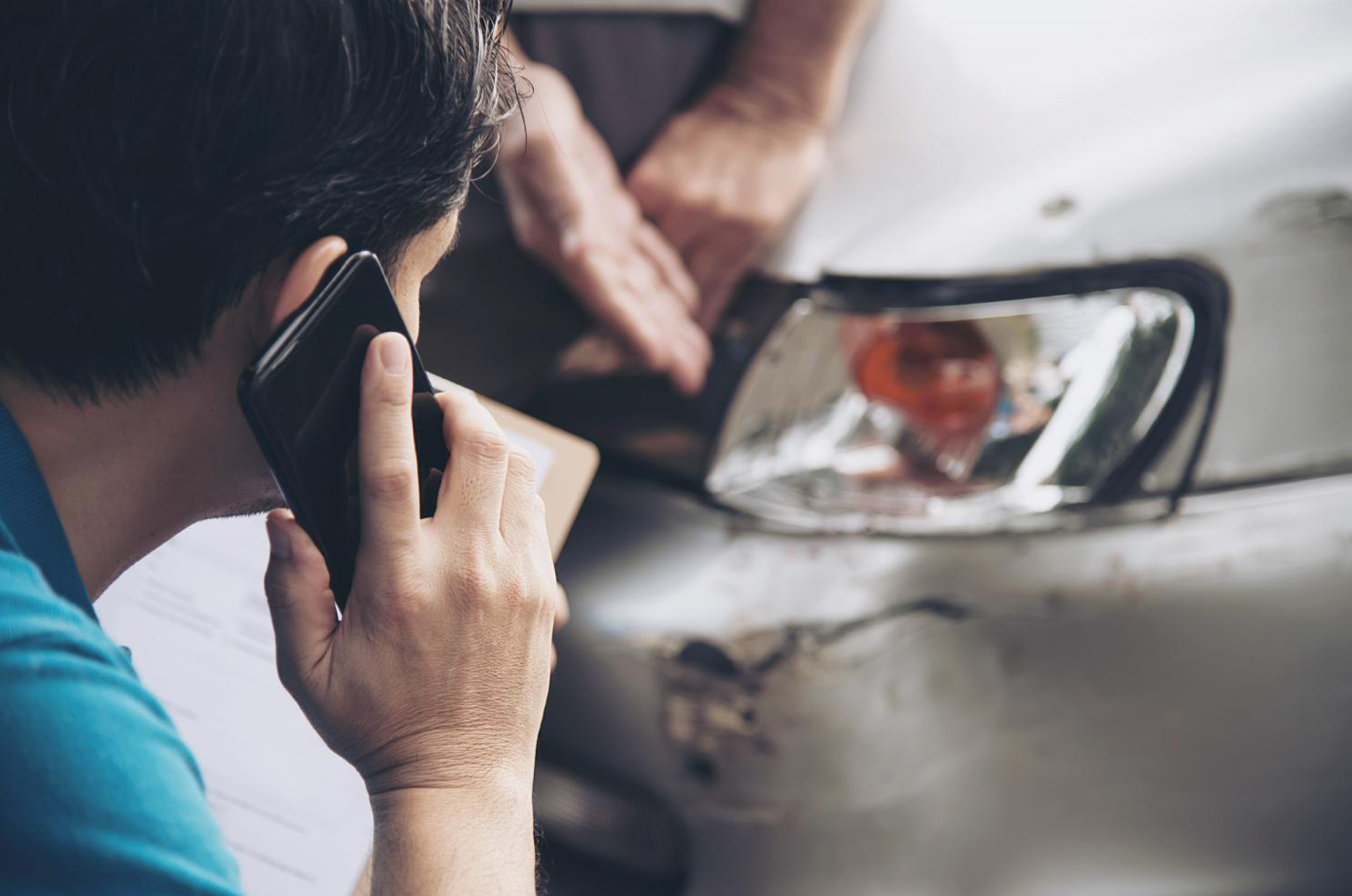Navigating the aftermath of a car accident involves a series of strategic steps aimed at securing the compensation you deserve.
Car accidents are more than just unfortunate twists of fate – they’re complex interplays between human error, legal intricacies, and the raw force of physics. If you’ve been injured in a car accident where another driver was at fault, the path forward is paved with actionable steps, solid evidence, and the keen guidance of a personal injury attorney.
When you find yourself treading the unfamiliar legal territory post-accident, the key to fair compensation is the ability to prove negligence. Here’s a comprehensive guide to asserting your rights in the aftermath of an automobile accident.
1. Find Impartial Witnesses
Finding impartial witnesses can significantly strengthen your car accident claim. Look for people who were at the scene but not directly involved in the incident. These individuals might be pedestrians, other drivers, or local shop owners who witnessed the event. Approach them calmly and ask if they’re willing to provide a statement about what they saw. Remember, their unbiased perspective is valuable because it corroborates your account of the events. Make sure to collect their contact information – names, phone numbers, and addresses – so your attorney can reach out to them later. Their testimony could be a pivotal piece of evidence in proving negligence and securing your rightful compensation.
2. File a Prompt Accident Report
Filing an accident report immediately after the incident is crucial. Not only does it officially document the event, but it also serves as fresh evidence with details that are accurate and untampered. You can file this report at the scene by calling the local police department or, in some cases, through an online portal provided by law enforcement. Be transparent and detailed about what happened, ensuring your version of the events is on record. This report will be an essential reference for your insurance claim and legal proceedings, acting as a foundation for establishing fault in the accident. It’s a straightforward step, but its importance can’t be overstressed—timely reporting can significantly impact the outcome of your case.
3. Leverage Technology

In today’s digital age, technology plays a critical role in gathering evidence after a car accident. Begin by capturing photos and videos of the accident scene, including all vehicles involved, traffic signs, and any visible injuries. Use your smartphone’s GPS data to record the exact location and time of the incident. Additionally, if your car is equipped with a dashboard camera, make sure to secure and save the footage, as it can provide an unbiased perspective of the moments leading up to, during, and after the collision. Don’t forget to gather and preserve any relevant electronic communication and postings related to the accident. Leveraging technology not only provides concrete evidence but also helps in accurately piecing together the sequence of events.
4. Contact an Experienced Lawyer
After ensuring you’ve gathered all the necessary evidence, reaching out to a pedestrian accident lawyer becomes an indispensable step. A competent lawyer can provide the legal expertise and support you need to navigate the complexities of your case. They’ll not only assess the evidence you’ve collected but also advise on the best course of action, ensuring your rights are protected throughout the legal process. Contacting a lawyer early on helps in building a stronger case, as they can guide you in what additional information might be beneficial. Plus, with their negotiation skills, they’re instrumental in securing fair compensation for your injuries, lost wages, and other damages. Don’t hesitate to seek out a pedestrian accident lawyer who’s experienced and has a track record of success in similar cases.
Conclusion
Navigating the aftermath of a car accident involves a series of strategic steps aimed at securing the compensation you deserve. From finding impartial witnesses and filing a prompt accident report, to leveraging modern technology and contacting an experienced lawyer, each step plays a crucial role in building a solid case. Remember, the key to a successful claim is meticulous documentation and the support of a professional who understands the complexities of personal injury law. While the road to recovery might seem daunting, taking these actionable steps ensures you’re well-equipped to handle the legal challenges ahead. With the right approach and support, you can focus on your recovery, knowing your rights are being assertively defended.


Join the conversation!